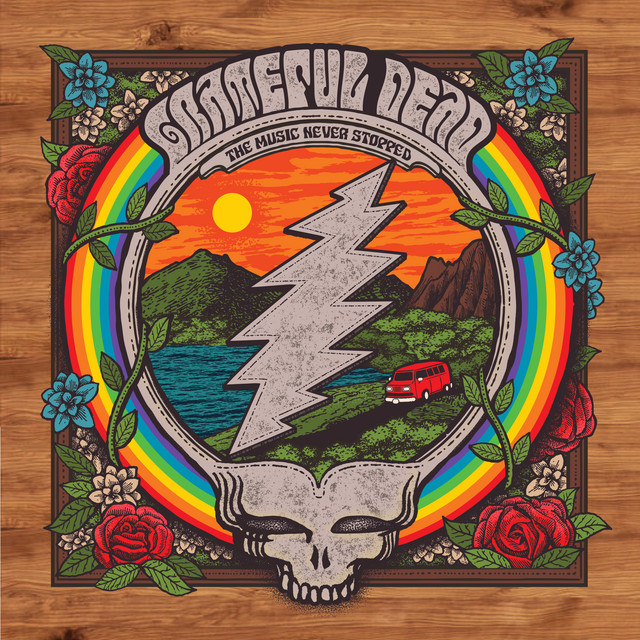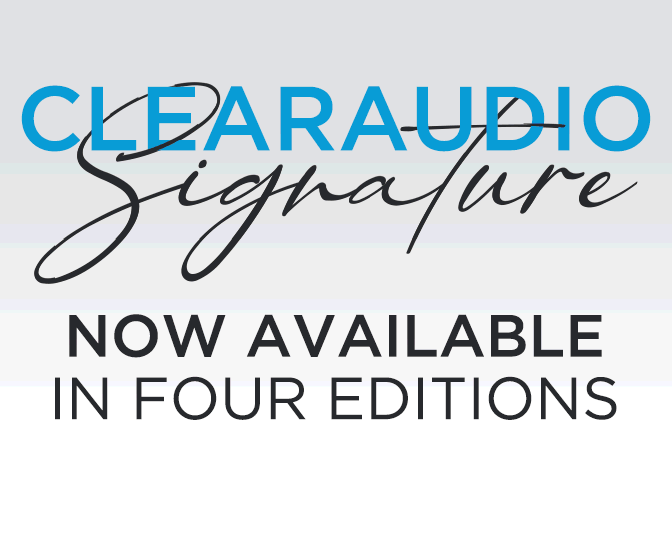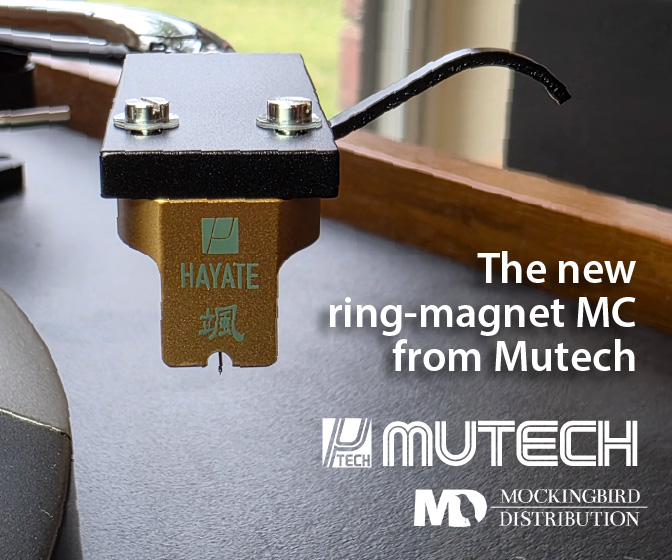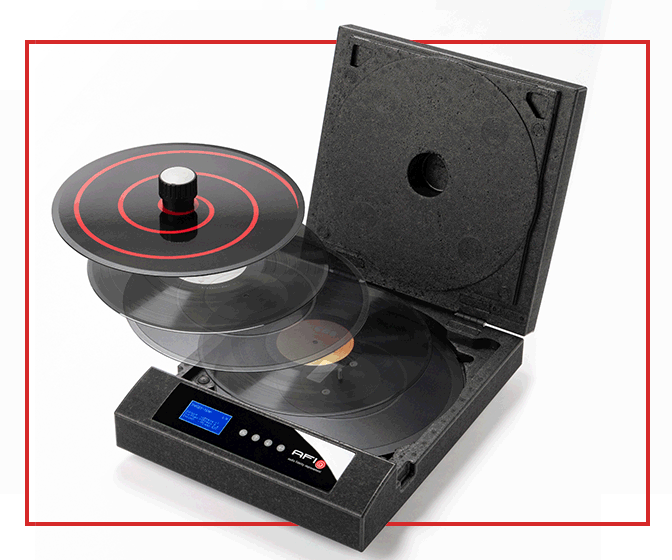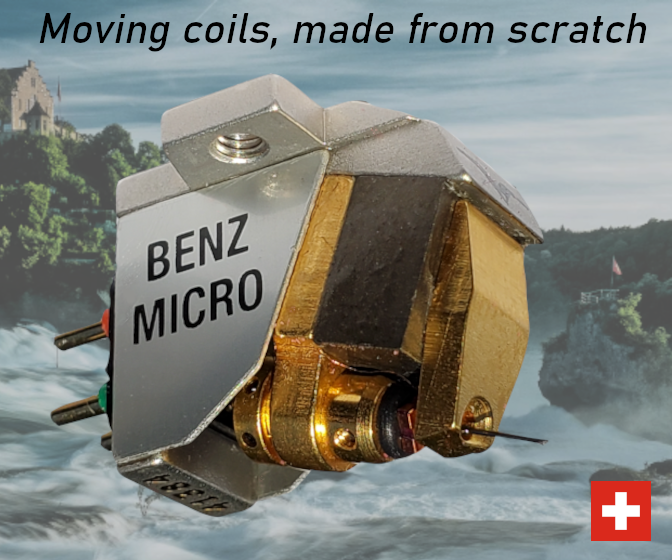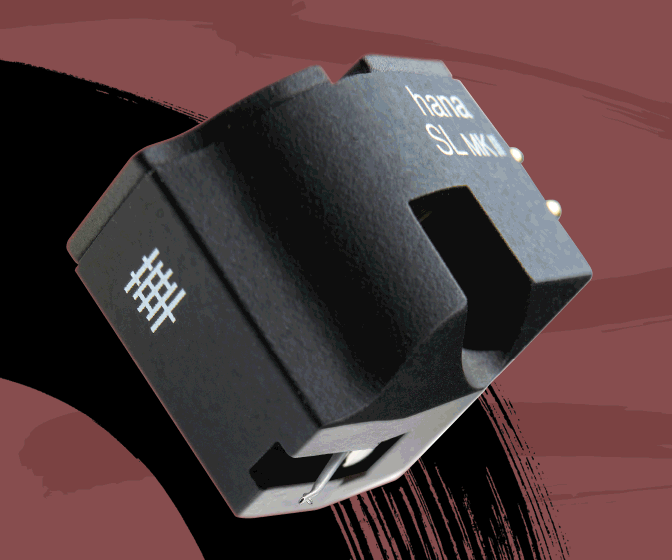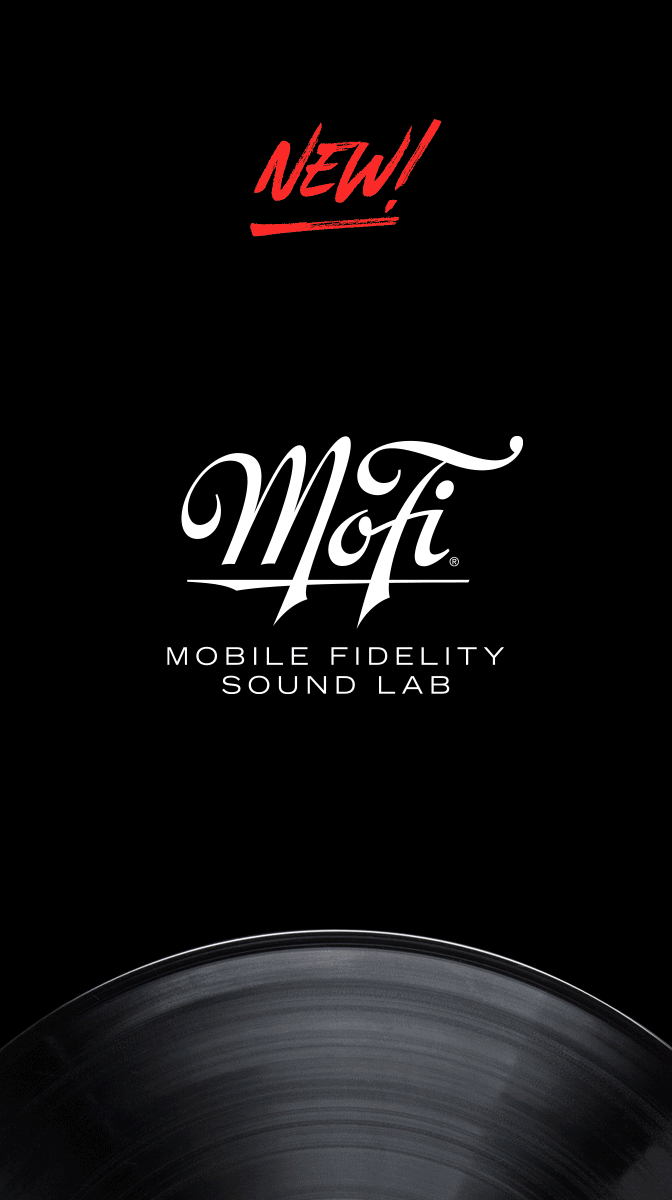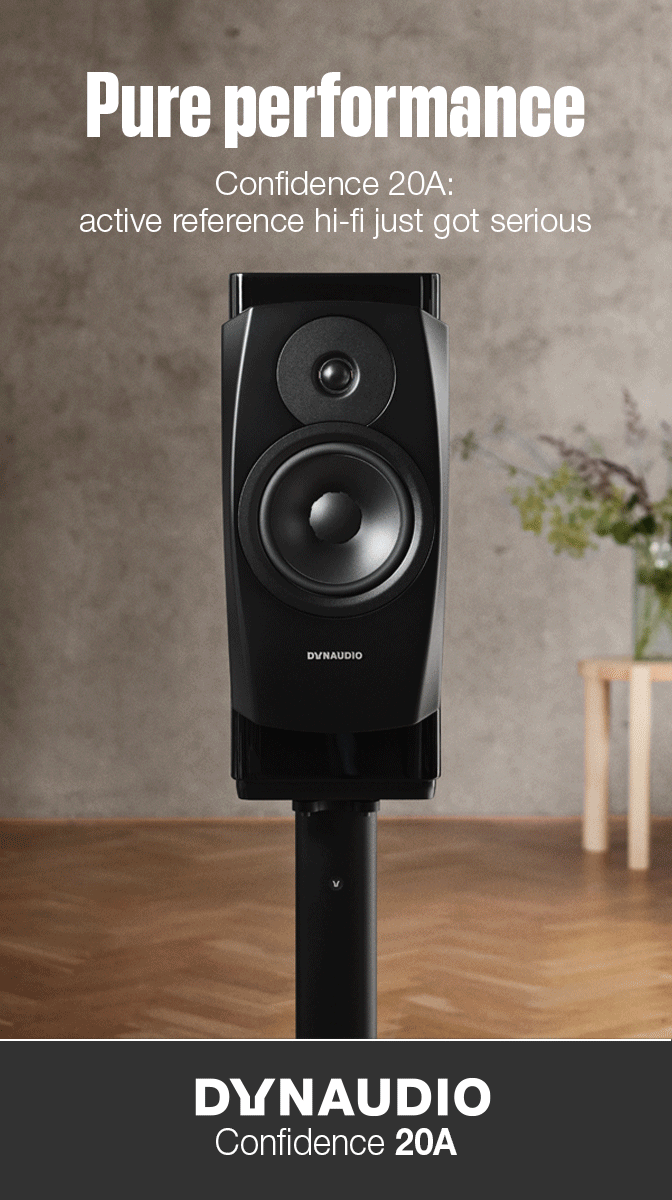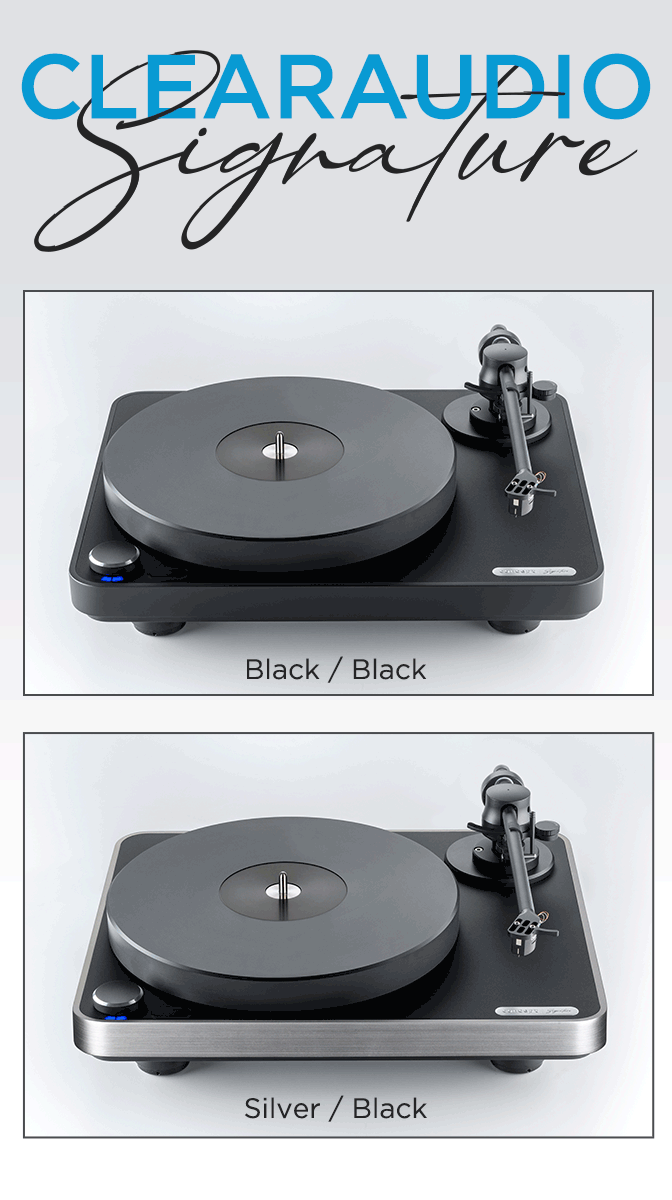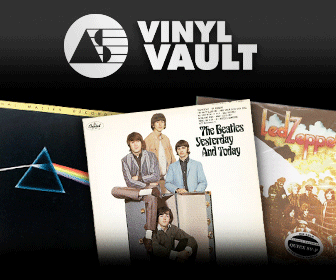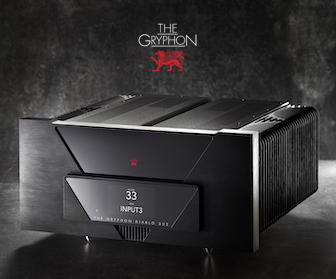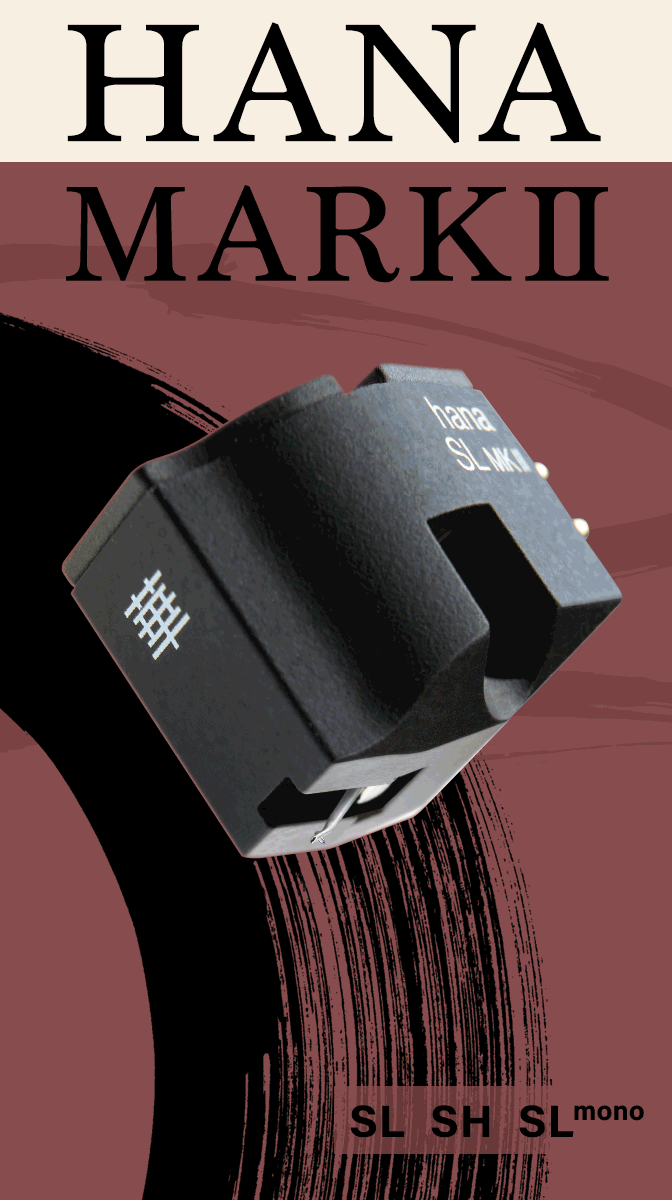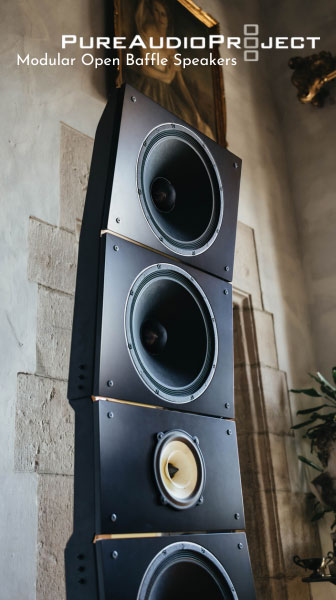No, Not The Movie: The Grateful Dead Sling 6-LP “The Music Never Stopped” Compilation
One of the least likely people to “get on the bus” buys a ticket, in the form of Rhino’s 6-LP “highlights” compilation.
Aside from American Beauty, I’d always seen the Grateful Dead as the worst American rock-and-roll had to offer. Oversaturated, meandering, and uber-merchandised. To me, they weren’t so much a band as they were a brand. It wasn’t until a recent dive into avant-psych statement Anthem of the Sun that I “got it.” Suddenly, I was able to see past the tie-dye and bleary-eyed, syrupy-sweet nostalgia. I’d finally struck gold; the feeling I’d always heard about from Dead Heads. There’s no one word in the English language for it, but artist Bill Walker called it “The Beast.”
Feeling enthusiastic – even a little tolerant of noodling – I bought my $150 bus ticket in the form of Rhino’s The Music Never Stopped box set. (No, it’s got nothing to do with the movie.) At least one song on this six-LP collection represents each show on the limited-edition Enjoying The Ride. At 60 pieces and an eye-watering $600...I’ll take the budget route, thanks.
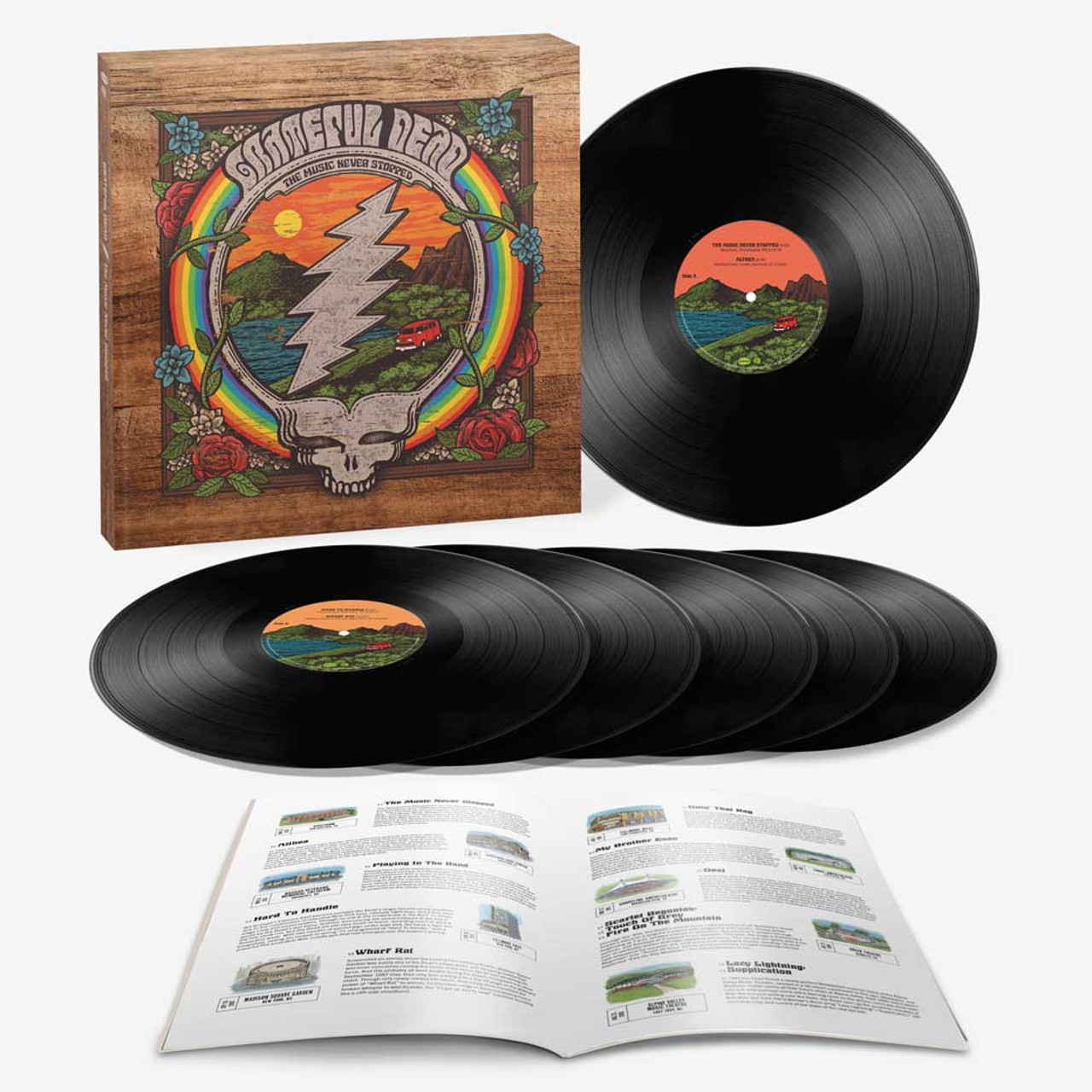
I was curious to hear how “The Beast” held up over the four decades represented on The Music Never Stopped. I was looking for exactly what this collection is: a sampler. Getting off the bus at each era, dipping my toe in, maybe even getting into the groove. Then hopping back on and riding to the next spot. From the jump: having this perspective is key to getting something out of The Music Never Stopped. Newbies and completionists will enjoy this ride.
If there’s any one way to describe the Dead, it’s consistently inconsistent. They admitted as much! It’s not so much about the destination, it’s the journey there. This principle extends to The Music Never Stopped. Twenty venues are represented – many soundboard recordings previously unreleased – and just as many sources between them all. As far as recording fidelity goes, this is a bumpy ride! Some numbers are captured spectacularly; like this set’s closing suite from the Capitol Theatre and the fabled “Betty Boards.” Other moments lean into the naturalistic.
The toughest listen was “Doin’ That Rag” from the Fillmore West. I understand the significance of The Carousel to the Dead canon, and won’t argue its place here. But oof. It’s like we were too square to get into the party and are stuck listening through the bathroom door! “Playing In The Band” is always going to be finicky. Only one of Donna Jean’s ad-libs here made me fly out of my seat. Keith sounds like he’s got a sock over his mic. Such a controversial number is a bold choice for disc one, that’s for sure! The jarring sonic shifts might be easier to swallow with chronological sequencing. It’d feel like opening the bathroom door into a fabulous incense-scented time machine. With the limitations of the vinyl format, this dream sequencing is impossible. One side of a record can handle a maximum 24 minutes of music. Because of this, the Greek Theatre suite of “Scarlet Begonias,” “Touch Of Grey,” and “Fire On The Mountain” is forced apart; split between two sides of a disc.
“The Beast” took many forms over the years: from bluesy roots to a disco-prog turn, to the brass-infused mega-lineup of “Deal” from the Shoreline Ampitheatre. All of two tracks into this set, one of my oldest qualms with the Dead came up: “Why has everything got to be so slow?” (The answer is written in green and wrapped in paper, but the question still stands!) A sluggish “Althea” seriously messes with the pacing of side one. This issue evens itself out deeper into the set, with a pleasantly fast “Estimated Prophet” into “Eyes of the World” from Red Rocks. Overall, The Music Never Stopped is very ’80s-heavy. It’s far from a comprehensive overview of the band’s history, even if there is a deliriously echo-soaked Warlocks tune. The peach-pantsuit-sounding keyboards of “Scarlet Begonias” won’t be everyone’s cup of tea and they certainly aren’t mine. Having Brent Mydland on this instrument and so prominent in the mix didn’t help. Are the Dead on the Weather Channel or something? The drums are fabulous on “Grey,” though; dull in tone but punchy.
The Music Never Stopped’s first stand-out moments come on disc two. The Dead spin “Hard To Handle” out into an eight-minute Phil Lesh and Bob Weir-driven romp; bookended by the gruff country-blues stylings of Pigpen McKernan. Of course I enjoyed this, I’m parked squarely in the Phil Zone! Pulled from the twilight of the Fillmore East’s life, “Hard To Handle” oozes charisma. You can tell the guys adored this venue. Even the occasional flubbed change is a blast to listen to. The selected recording of “Wharf Rat” from Madison Square Garden is this compilation’s truly brilliant moment. Up until this, I was skeptical of this collection’s “highlights” billing. Jerry’s bruised, strained voice gives new dimension to lyrics telling of an aged man at rock bottom. When he vows he’ll get back on his feet someday, we believe it. Aching freedom. The guitar solo breaks against the docks, shining through the dark. Though his voice was betraying him, his hands would not. It’s perfectly imperfect, genuinely moving.
Disc five delivers a boisterous “Truckin’” with positively bizarre drum fills and squiggly melodies often punctuated by exclamation points! An agile tempo change steers it into “Smokestack Lightnin’,” an homage to Pigpen and the era “Truckin’” came from. Bob is no Pig, but he gives it the old college try, and you just can’t argue with this arrangement. “Lightnin’” digs its heels into the ground as it stomps, doing its best to kick up some dirt like the good-old-days. Having an entire side of a disc devoted to one venue – with two “Not Fade Away”s from the same night, no less – certainly piqued my interest. Notice how easily the Dead could slip from one tune into another, like shedding a jacket off their shoulders. “Not Fade Away” tumbles effortlessly into “Goin’ Down The Road Feelin’ Bad.” The “Not Fade Away” reprise is giddy, like the curtain call at the end of a smiley, sweaty performance. The final side of The Music Never Stopped captures a band navigating being a five-piece for the first time in four years, feeling their way towards their “saloon-band” phase. Though this was far from the end of their history, it’s an optimistic end to our route.
I’ve always appreciated the Dead’s eye for design. From the very beginning, they’ve had stunning artwork. Justin Helton and “Once Upon A Time” did a fabulous job with the Music Never Stops illustrations and design. The chunky-black-lined, classically “Dead” cover illustration features almost all their iconography: the skull, “American Beauty” roses, and subtle red-white-and-blue. The disc labels carry on the same rainbow theme from the cover. Each one sports red, orange, yellow, green, blue, or purple variations of the bus-in-the-mountains illustration. I set box the lid upside-down on my table as I flipped through the little booklet; a fair guide to which songs came from which shows and when. My heart sank as I thought I’d somehow ruined the lid on my table. Upon looking closer, I found the “spots” are, in fact, an embossed effect mimicking scuffs on wood. Where other design elements fall short, this attention to detail is nice.
For a six-LP set, I am seriously let down by the liner notes. The 12-inch format certainly allots the space for a larger booklet with lots of photos – or at the very least inserts with David Lemieux and the Owsley Stanley estate’s essays! CD buyers lucked out on this front.
When all is said and done, I do still prefer the weirdo musique concrete-meets-acid freak Dead. I was holding out for some representation on this set, but to no avail. It’s a shame the powers that be continually snub this band’s most interesting and experimental era. I can jive with some of the less dated material, but this selection of shows is odd. There isn't much replay value here. Whatever central theme The Music Never Stopped has is obscured by its poor sequencing. I’m still thankful for the ride this set took me on, though. It’s a road map of what eras to check out, which to avoid, and some new favorite spots to hide away in. Thanks to this set, I discovered a recording that moves me as deeply as the original mix of “That’s It For The Other One” did.
I’m not “enjoying the ride” just yet – that’s a bold statement. But as a wise, if likely stoned, man once said: “Once in a while, you get shown the light in the strangest of places if you look at it right.”




